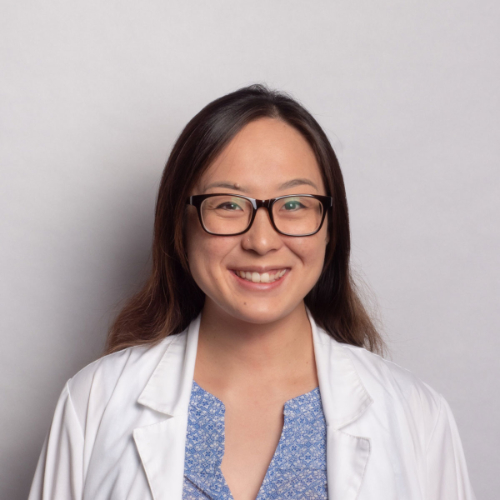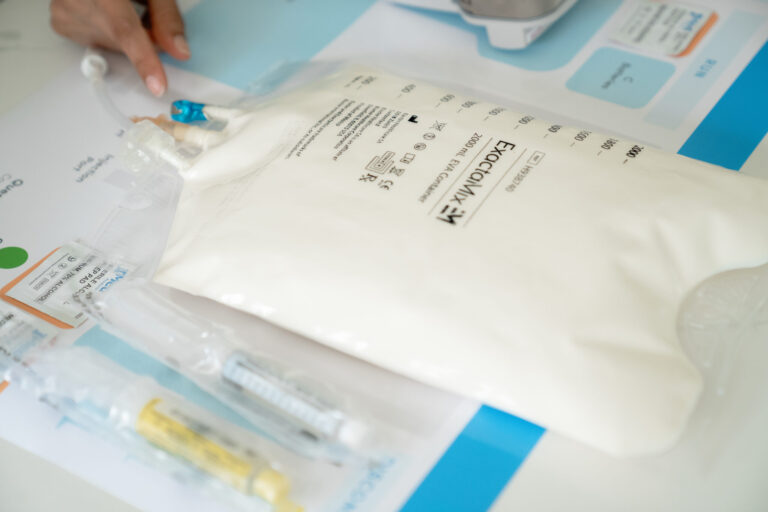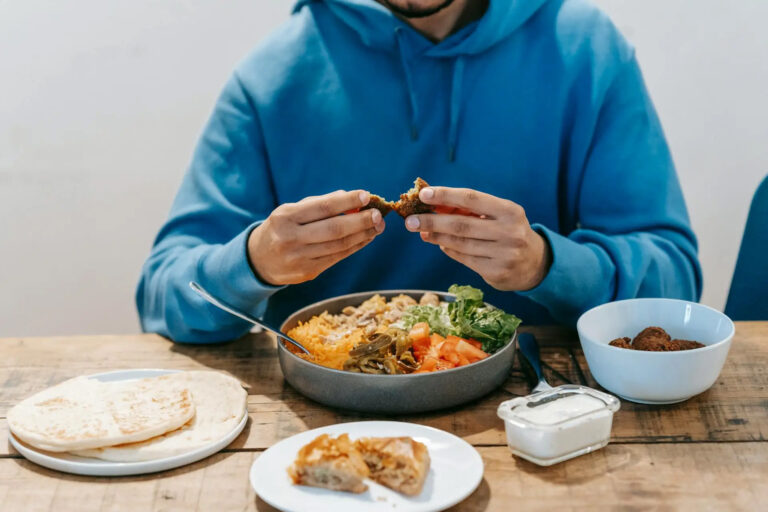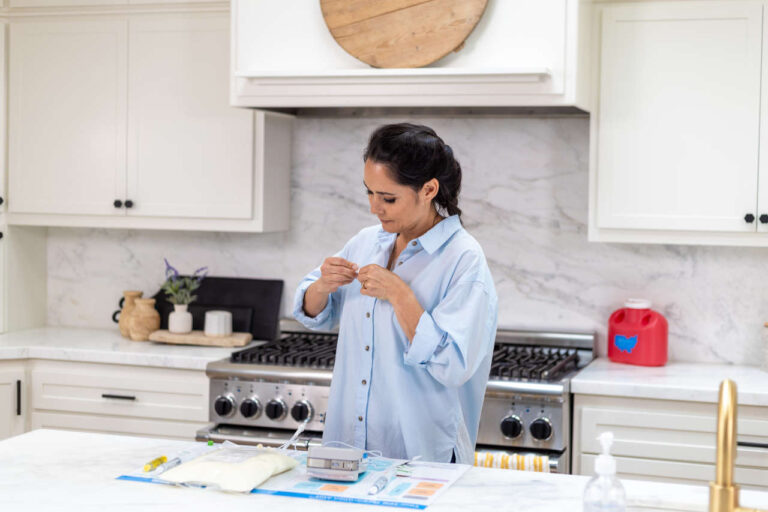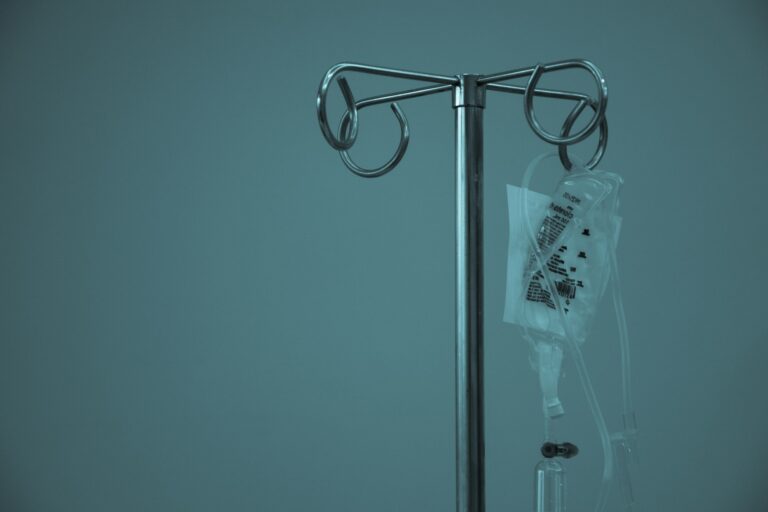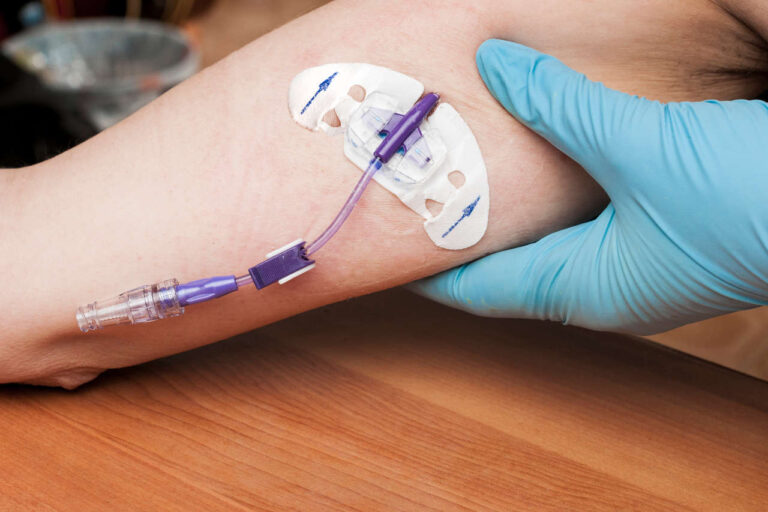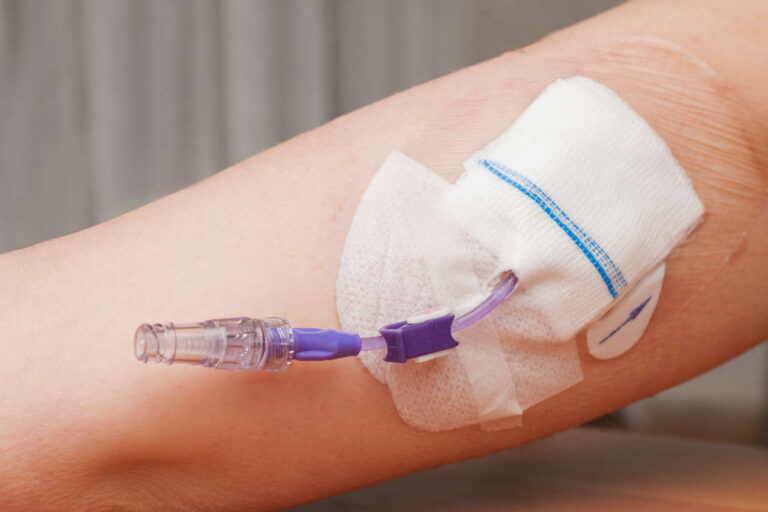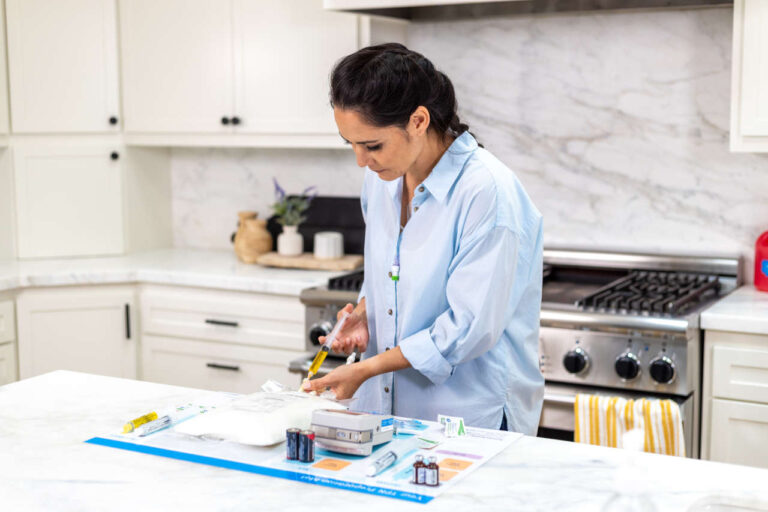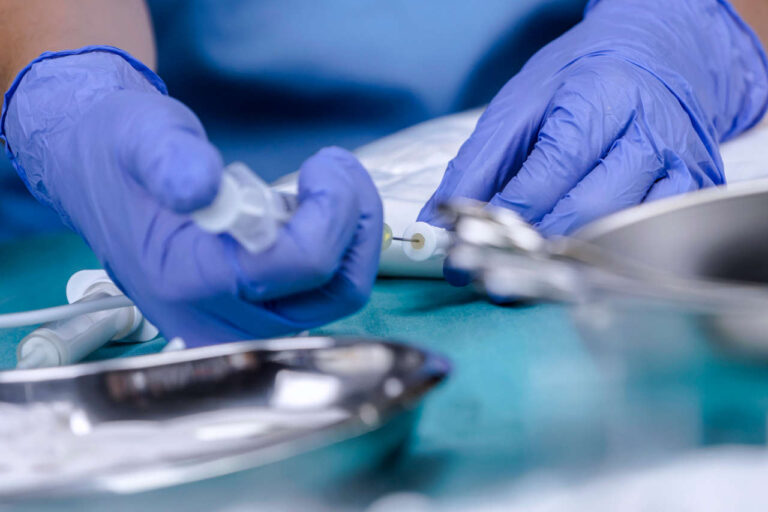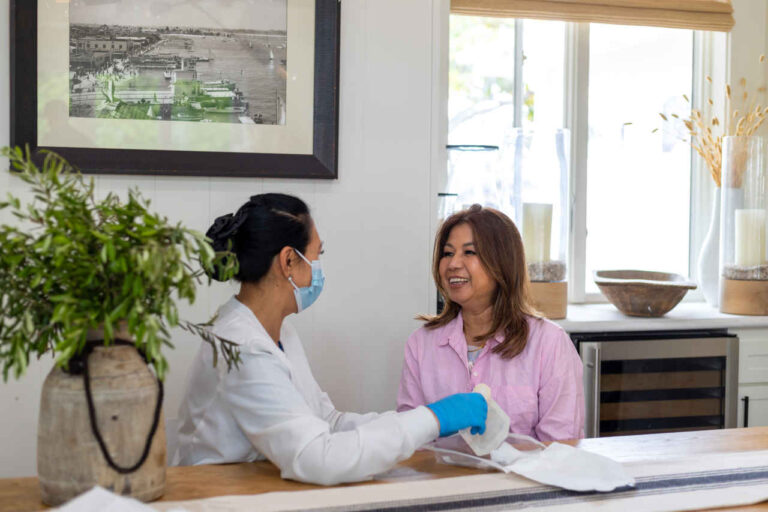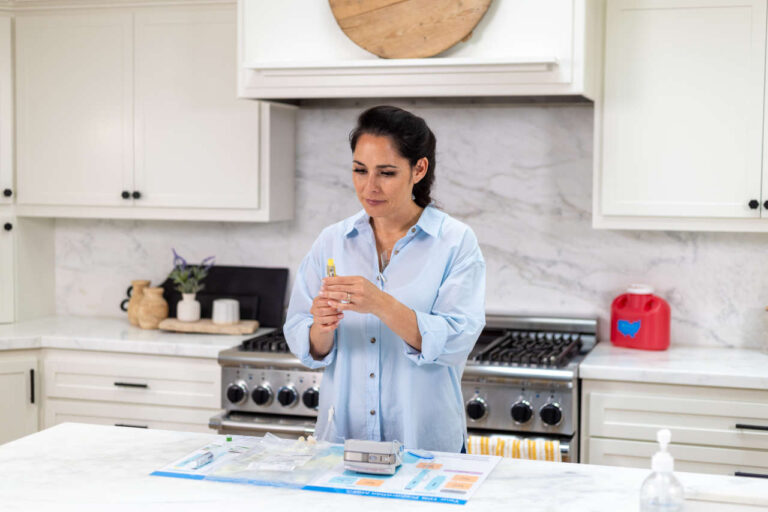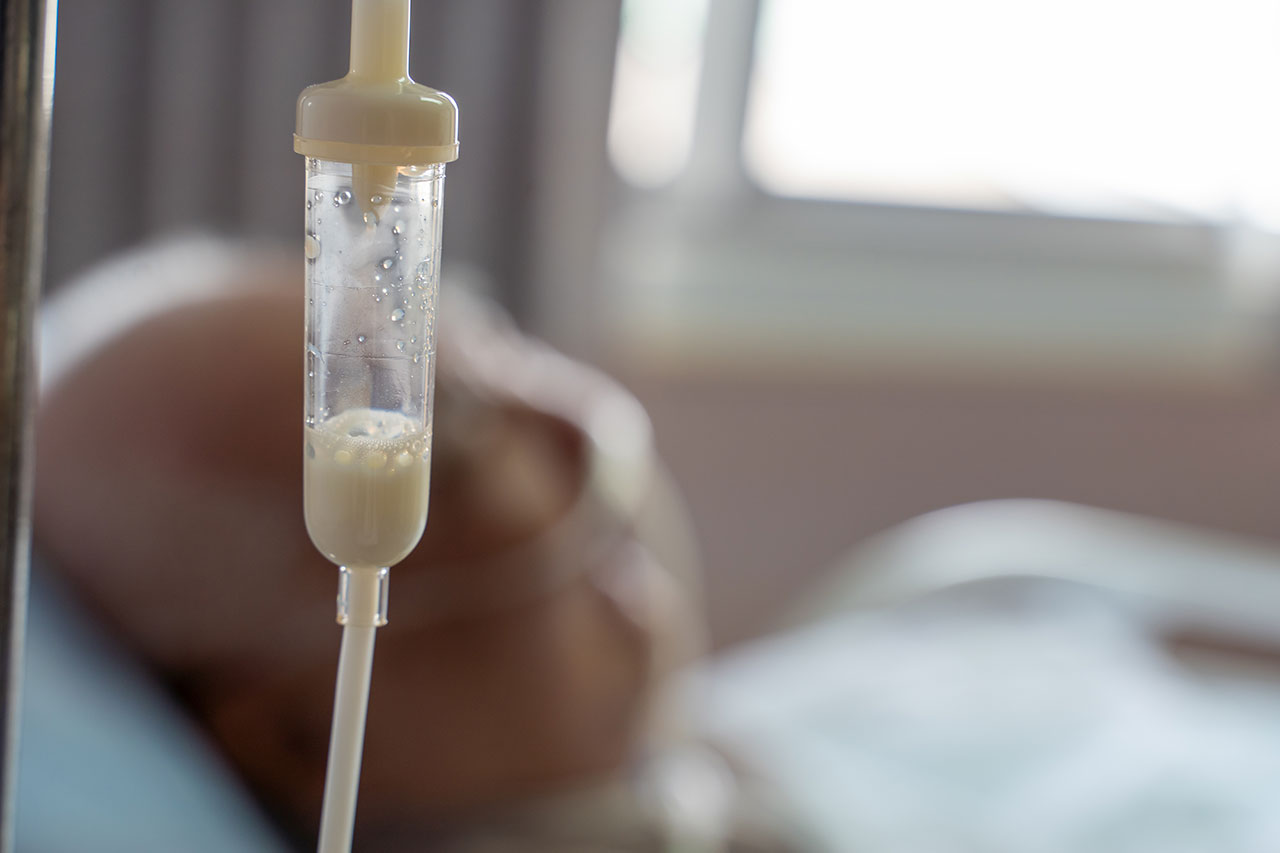
Dinh dưỡng qua đường tĩnh mạch toàn phần (TPN)
Dinh dưỡng qua đường tĩnh mạch hoàn toàn (TPN) là một phương pháp hỗ trợ dinh dưỡng được sử dụng để đưa các chất dinh dưỡng thiết yếu qua đường tĩnh mạch trực tiếp vào máu của bệnh nhân thay vì qua đường tiêu hóa. Dung dịch TPN bao gồm các chất dinh dưỡng như đường, khoáng chất, protein, carbohydrate, lipid, vitamin và chất điện giải. Phương pháp này còn được gọi là nuôi dưỡng qua đường tĩnh mạch. Đây là phương pháp được khuyến nghị nhất cho những bệnh nhân không thể ăn uống do tình trạng sức khỏe. Phương pháp này bao gồm:
- Tắc ruột
- Trẻ sơ sinh có đường tiêu hóa chưa trưởng thành hoặc dị tật đường tiêu hóa bẩm sinh
- Tiêu chảy hoặc nôn mửa mãn tính
- Bệnh nhân bị suy dinh dưỡng nghiêm trọng và cần phẫu thuật hoặc hóa trị
- Chấn thương nghiêm trọng
- Viêm loét đại tràng
- Bệnh Crohn
- Hội chứng ruột ngắn
- Bệnh nhân không được ăn uống gì qua đường miệng (NPO) trong hơn 7 ngày
- Bệnh nhân có hệ tiêu hóa không hoạt động hoặc bị liệt [1]
Dịch truyền tĩnh mạch có sẵn đầy đủ
Nguồn cung cấp đáng tin cậy cho việc chăm sóc không bị gián đoạnPhương pháp quản lý TPN
TPN bao gồm một công thức riêng biệt cho từng bệnh nhân dựa trên kết quả xét nghiệm hàng tuần. Sau khi bác sĩ hoặc dược sĩ xác định được công thức, tất cả các thành phần sẽ được pha chế vào một túi truyền dịch hàng ngày, trong đó bệnh nhân sẽ được truyền dịch qua một bơm nhỏ di động. TPN được dùng trong vòng 24 giờ ban đầu và nếu dung nạp tốt, có thể giảm dần xuống còn 12 giờ mỗi ngày – Truyền dịch trong 14 giờ.
TPN có thể là ngắn hạn hoặc dài hạn, tùy thuộc vào chẩn đoán và nhu cầu của bệnh nhân. Nếu ngắn hạn, dinh dưỡng có thể được cung cấp qua đường truyền ngoại vi do điều dưỡng viên đặt và thay thế sau mỗi 3 ngày. – 5 ngày. Đây được gọi là dinh dưỡng ngoài đường tiêu hóa ngoại vi (PPN). Do tính chất và vị trí đặt vào các tĩnh mạch nhỏ hơn, PPN nhằm mục đích hỗ trợ dinh dưỡng, chứ không phải thay thế dinh dưỡng, và thời gian PPN không nên quá 2 tuần.
TPN dài hạn thường được truyền qua catheter tĩnh mạch trung tâm (CVC). Các loại phổ biến bao gồm catheter trung tâm đặt ngoại vi (PICC), CVC đặt đường hầm và cổng cấy ghép.
Ống thông trung tâm ngoại vi (PICC)
Đường truyền PICC được đưa vào bởi y tá hoặc bác sĩ vào một trong các tĩnh mạch cánh tay trên (tĩnh mạch nền, tĩnh mạch cánh tay, tĩnh mạch đầu hoặc tĩnh mạch khuỷu giữa). Ống thông được đưa vào ngoại vi và được hướng dẫn bằng hình ảnh chụp X-quang cho đến khi đầu ống kết thúc ở tĩnh mạch chủ trên (tĩnh mạch phía trên tim). Sau khi đặt, ống thông sẽ nhô ra khỏi da. Ống thông PICC có thể được sử dụng cho TPN trong tối đa 6 tháng miễn là ống thông và vị trí đặt ổn định. Sau 6 tháng, cần thay ống thông mới. Sau khi hoàn tất điều trị, điều dưỡng có thể tháo ống thông PICC ngay lập tức.
Chăm sóc đặc biệt AmeriPharma®
Dinh dưỡng qua đường tĩnh mạch toàn phần | Dẫn đầu trong hỗ trợ TPNCVC đường hầm
CVC đường hầm được y tá hoặc bác sĩ phẫu thuật đặt vào tĩnh mạch thường ở cổ hoặc ngực (tĩnh mạch cảnh hoặc tĩnh mạch dưới đòn). Ống thông được luồn dưới da qua một vết rạch nhỏ và sau đó được hướng dẫn bằng hình ảnh X-quang cho đến khi đầu ống thông chạm vào tĩnh mạch chủ trên (tĩnh mạch phía trên tim). Để giữ cố định, ống thông sẽ được khâu vào da tại vị trí nó đi ra và giống như PICC, ống thông sẽ nhô ra khỏi da của bạn. Ống thông có đường hầm có thể nằm trong cơ thể bạn trong nhiều năm. Khi cần tháo bỏ, bệnh nhân phải được chuyển đến khoa X-quang can thiệp và được bác sĩ chuyên khoa y tế lấy ra.
Cổng cấy ghép
Cổng cấy ghép thường được gọi là cổng trung gian hoặc cổng thông. Cổng này thường được đặt bằng phẫu thuật ở bên phải ngực dưới da. Ống thông gắn vào trống ngực ngắn và cũng kết thúc ở tĩnh mạch chủ trên (tĩnh mạch phía trên tim). Sau khi đặt, bạn sẽ chỉ thấy một cục u nhỏ bằng đồng xu dưới da. Sẽ không có ống thông nào nhô ra khỏi da. Chỉ khi cần sử dụng, một loại kim đặc biệt gọi là kim Huber mới được điều dưỡng đưa vào cổng. Các cổng có thể được đặt vô thời hạn miễn là ống thông vẫn ổn định. Việc tháo cổng cũng yêu cầu phải chuyển lại khoa X quang can thiệp và nó sẽ được lấy ra bởi một chuyên gia chăm sóc sức khỏe.
TÀI LIỆU THAM KHẢO:
- Dinh dưỡng toàn phần qua đường tĩnh mạch. Truy cập ngày 30 tháng 6 năm 2022. https://opentextbc.ca/clinicalskills/chapter/8-8/
- Ống thông tĩnh mạch trung tâm: So sánh đường truyền PICC và cổng. Truy cập ngày 30 tháng 6 năm 2022. https://www.healthline.com/health/breast-cancer-navigator/central-venous-catheters-picc-lines-versus-ports
